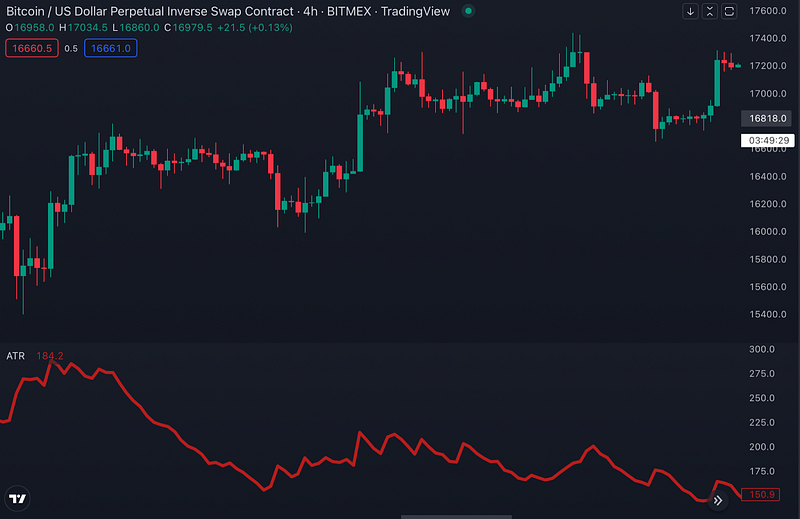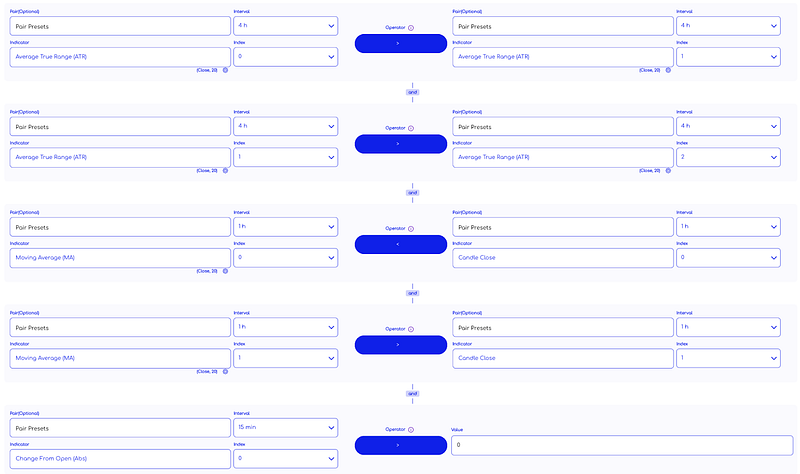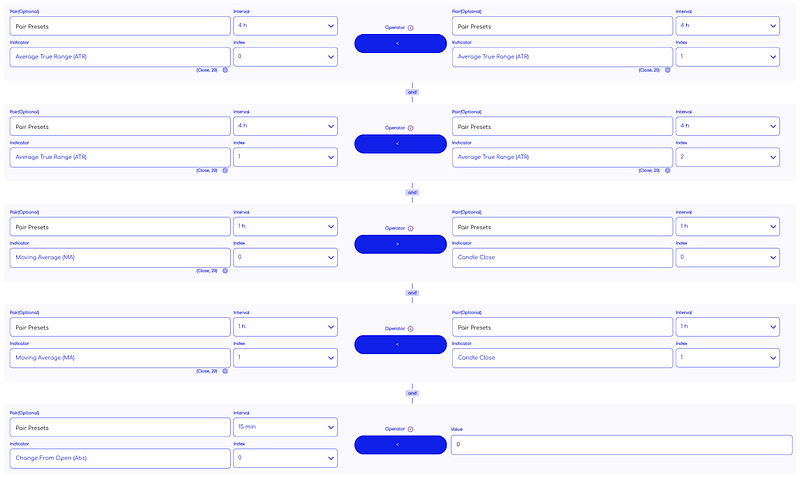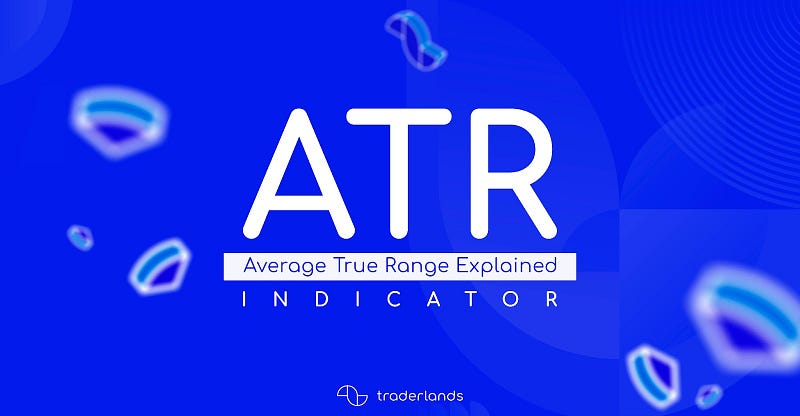ATR: Average True Range
If you’re a trader, then you know that one of the most important things to understand is volatility.
After all, it’s what drives prices up and down, and can make or break your trades. One of the best ways to measure volatility is with the Average True Range indicator (ATR).
In this blog post, we’ll explain what ATR is, how it’s calculated, and how you can use it in your own trading. So if you want to get a better handle on market volatility, read on!
What is an Average True Range Indicator?
An Average True Range (ATR) indicator is a technical analysis tool used to measure market volatility. It is generally calculated as the 14-day moving average of the true range, which is defined as the greatest of the following:
* The current high less the current low
* The absolute value of the current high less the previous close
* The absolute value of the current low less the previous close
The ATR indicator is displayed as a single line on a price chart and is typically accompanied by overbought and oversold levels.
The ATR indicator can be used in conjunction with other technical indicators to generate trading signals.
For example, if the ATR indicator is rising while prices are falling, it may be a sign that prices are about to rebound.
Conversely, if the ATR indicator is falling while prices are rising, it may be a sign that prices are about to reverse course.
How to use an ATR Indicator?

The Average True Range (ATR) indicator is a simple tool that measures the volatility of a security. It is often used by traders to determine the best time to enter or exit a trade.
The ATR is calculated by taking the average of the true range for a given period. The true range is the difference between the current high and low. This means that: The current high is less than the previous close The current low is less than the previous close The absolute value of the current high (i.e. if it’s more than zero) is less than the previous close The absolute value of the current low (i.e. if it’s more than zero) is less than the previous close
The ATR does not provide direction or give buy or sell signals. It is simply a measure of volatility.
However, many traders use it to time their entries and exits. For example, if the ATR is high, they may enter a trade when the price begins to move in a particular direction. If the ATR is low, they may exit a trade when the price starts to move against them.
The ATR can be used on any time frame but is most commonly used on daily charts. A common period for ATR is 14 days.
ATR can be used in a few different ways:
1. To help set stop loss levels: By knowing how much volatility there is in security, traders can better determine how far away to place their stop loss orders.
2. To help with trend identification: A stock that is trending higher will have higher highs and higher lows. If ATR is increasing along with price, it could be an indication that the trend is strong and likely to continue.
Conversely, if the price is trending lower and ATR is also falling, it could be an indication that the selling pressure behind the down move is weakening and a reversal may be imminent.
Support and Resistance Levels for Average True Range
When trading, it is important to be aware of potential support and resistance levels in the market. The average true range (ATR) can be a helpful tool in identifying these levels.
The ATR is a measure of volatility, typically used by traders to identify potential areas where the market may pause or reverse. An increase in the ATR indicates increased market volatility, while a decrease in the ATR indicates decreased market volatility.
Support and resistance levels are often based on previous price action and can be thought of as areas where the market is likely to find buying or selling interest. For example, if the market has been trending higher, a previous area of support may now act as a resistance level. Alternatively, if the market has been trending lower, a previous area of resistance may now act as a support level.
The ATR can be used to help identify potential support and resistance levels. When the ATR is high, potential support and resistance levels are likely to be further apart from each other. When the ATR is low, potential support and resistance levels are likely to be closer together.
It is important to note that support and resistance levels are not exact science and should be used as an indication rather than a definitive guide. In addition, it is also worth noting that support and resistance levels can change over time as the market evolves.
How to create a trading strategy with an ATR indicator
If you want to create a trading strategy with an ATR indicator, there are a few things you need to keep in mind. First, the ATR is a lagging indicator, so it is important to use other technical indicators in conjunction with it. Second, because the ATR measures volatility, you will want to use it to identify potential breakout points. Finally, it is important to remember that the ATR is not a perfect measure of volatility, so you should use it as one part of your overall trading strategy.
Average True Range Indicator at Traderlands Strategy Creator Tool
You can start creating a strategy by selecting the “Average True Range (ATR)” indicator from the list. An example strategy is shown in the image below. You can use the ATR indicator to create a strategy after doing your own research. The ATR indicator must be used with other indicators.
Enter Algorithm Rules You Can Add To Strategy Creator

Exit Algorithm Rules You Can Add To Strategy Creator

WARNING: The entry and exit strategies in the images are prepared ONLY for educational purposes to explain how indicators work. It does not guarantee any profit.
When creating an algorithmic trading strategy, a rule set is usually created by using more than one indicator.
Other Indicators can be used with the ATR
In addition to the ATR, other indicators can be used to get a more complete picture of the market. For example, the Relative Strength Index (RSI) can be used to identify overbought and oversold conditions. The Moving Average Convergence Divergence (MACD) indicator can be used to identify momentum changes. And finally, support and resistance levels can be used to identify key areas where the market is likely to turn.
TradingView: https://www.tradingview.com/chart/?solution=43000501823





